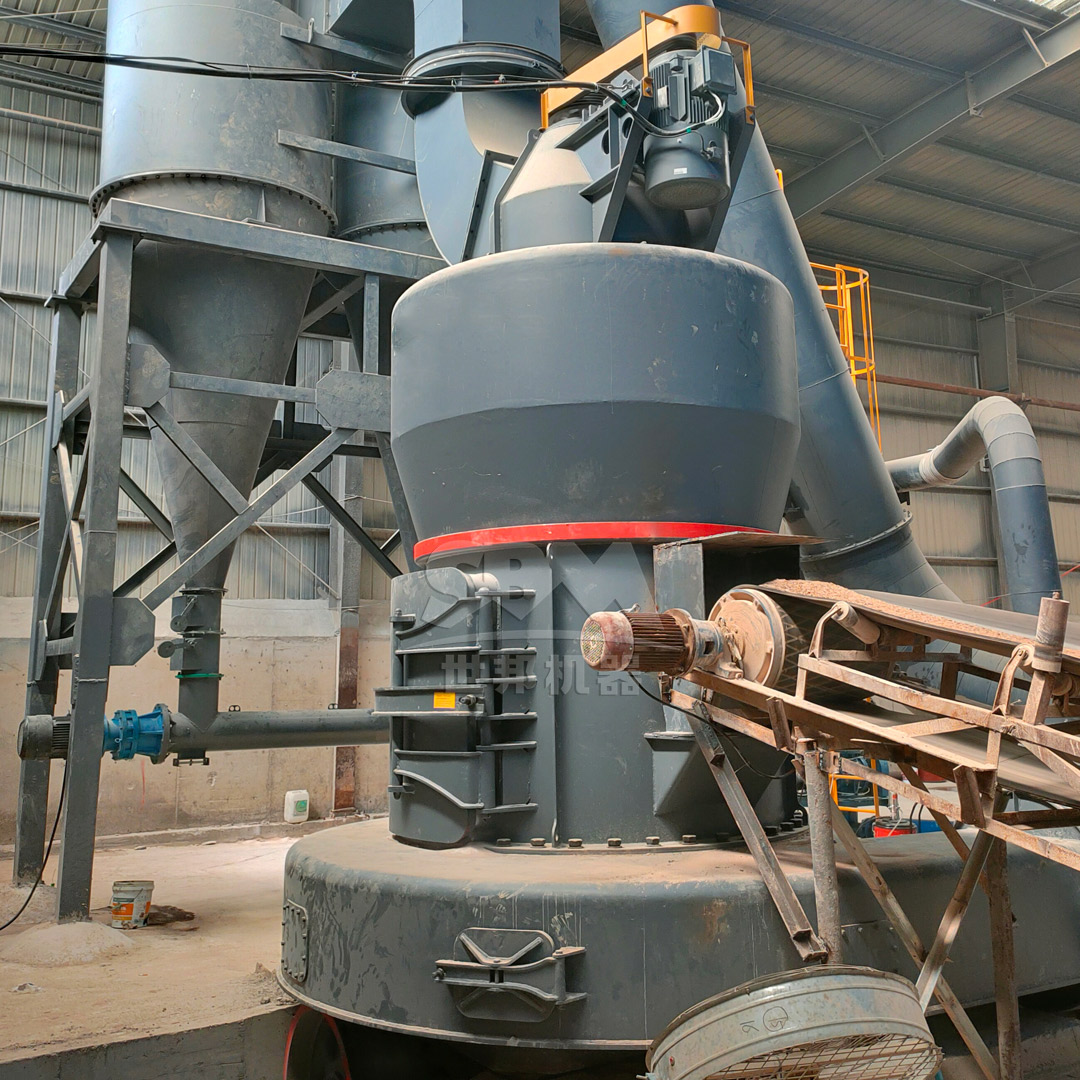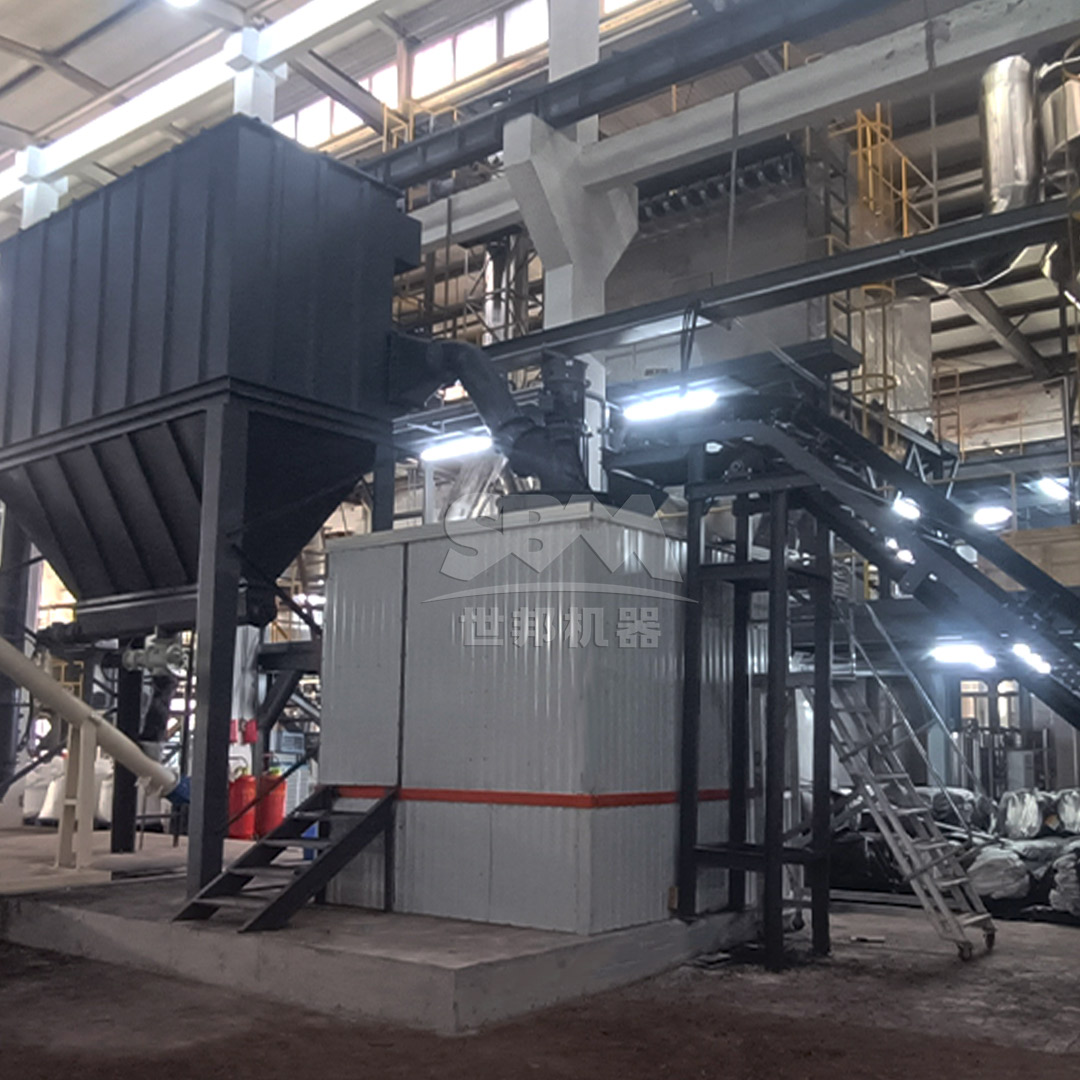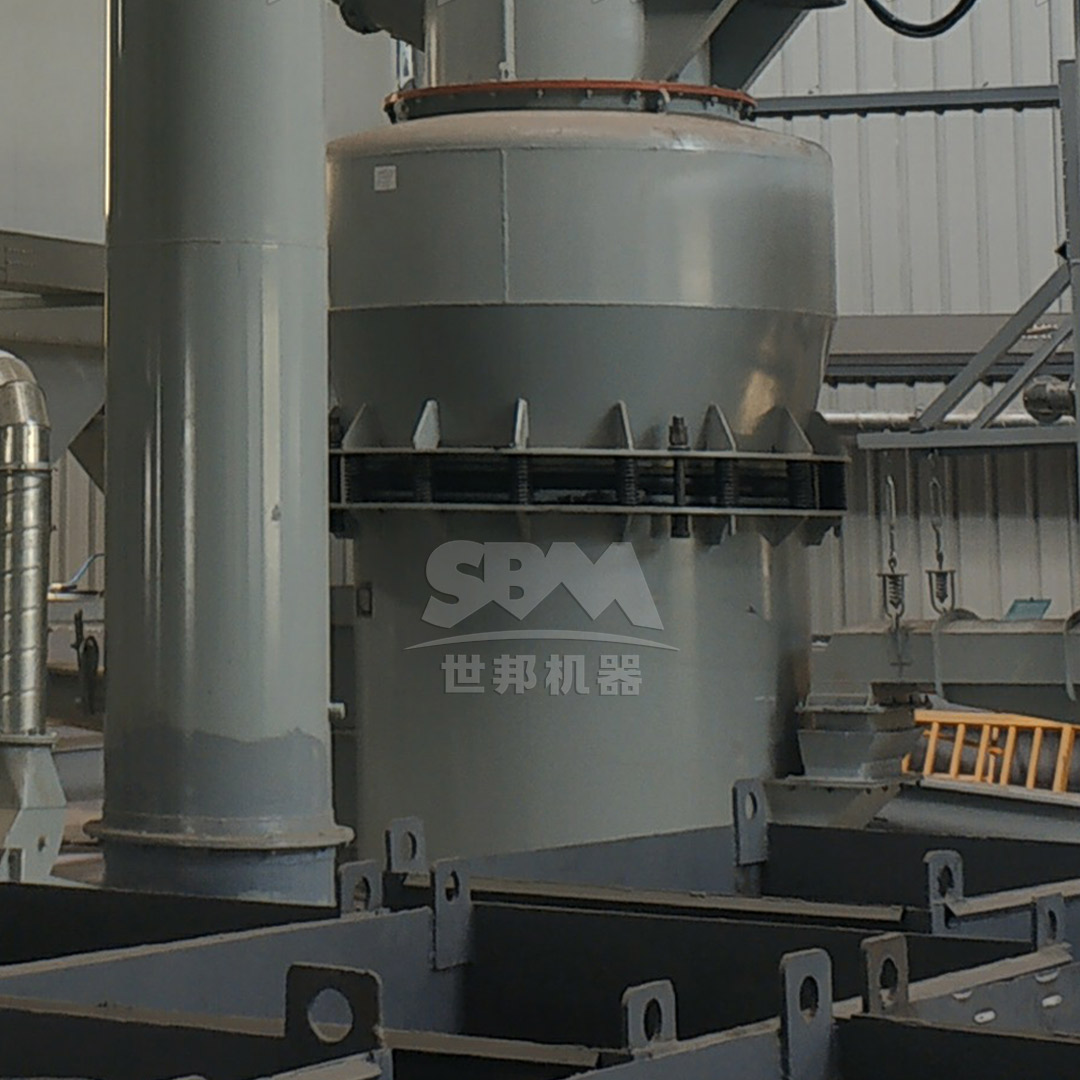Carbon black, a material produced by the incomplete combustion of heavy petroleum products, is a critical component in numerous industrial applications. Its unique properties, including high tinting strength, conductivity, and UV protection, make it indispensable in rubber reinforcement, plastic coloring, ink production, and battery manufacturing. The performance of carbon black in these applications is heavily dependent on its particle size distribution, surface area, and structure—all of which are directly influenced by the grinding process. Achieving the optimal balance of these characteristics requires advanced milling technology capable of precise particle size control, high efficiency, and consistent output.
The transformation of raw carbon black feedstock into a high-value specialty material is a complex procedure. The primary challenge lies in reducing the aggregate size without damaging the primary particle structure or creating excessive heat, which can alter the material’s chemical properties. Furthermore, the abrasive nature of carbon black demands grinding equipment with exceptional wear resistance to maintain product quality and operational economics over extended periods. This article explores the critical parameters for carbon black grinding and highlights advanced milling solutions designed to meet the stringent requirements of modern specialty carbon material production.

Processing carbon black presents several distinct challenges that must be addressed by any effective grinding system. Firstly, the material’s inherent abrasiveness leads to rapid wear of grinding components, resulting in increased maintenance costs and potential contamination of the final product with metal particles from worn parts. Secondly, achieving a narrow particle size distribution is crucial for specialty applications. Broad distributions can lead to inconsistent performance in end-products, such as varying conductivity in batteries or uneven coloration in plastics.
Heat generation during milling is another critical concern. Excessive temperatures can cause oxidation of the carbon black, changing its surface chemistry and negatively impacting properties like reinforcement in rubber. Therefore, an efficient cooling system or a grinding principle that minimizes heat buildup is essential. Finally, the system must be designed for easy cleaning to prevent cross-contamination between different grades of carbon black, a common requirement in facilities producing multiple specialty products.
The evolution of grinding technology has led to the development of several mill types suitable for carbon black processing. The selection of the appropriate technology depends on the target fineness, required throughput, and specific properties of the carbon black grade being processed. Traditional methods like ball milling are still used but are increasingly being replaced by more efficient and controllable technologies.
For applications demanding the finest particle sizes, such as high-performance inks and specialty coatings, ultra-fine grinding mills are the preferred choice. These mills utilize mechanical force to achieve micron and sub-micron level fineness. A standout example in this category is the SCM Ultrafine Mill. This mill is engineered to produce powders in the range of 325 to 2500 mesh (D97 ≤ 5μm), making it ideal for high-value specialty carbon blacks.
The SCM series excels due to its integrated grinding and classification system. A vertical turbine classifier ensures precise cut-point control, eliminating coarse particles from the final product and guaranteeing a consistent, narrow particle size distribution. Its high-efficiency design offers a capacity that is twice that of traditional jet mills while reducing energy consumption by 30%. Furthermore, the use of special wear-resistant materials for the roller and grinding ring significantly extends the service life of critical components, a vital feature for handling abrasive materials like carbon black. The mill operates with low noise levels (≤75dB) and incorporates a high-efficiency pulse dust collection system, ensuring an environmentally friendly and worker-safe operation.

For larger production volumes of standard-grade carbon blacks used in tire manufacturing and common plastics, robust and high-capacity mills are required. The MTW Series Trapezium Mill is an excellent solution for such demands. Designed with a capacity range of 3 to 45 tons per hour, it efficiently processes feed sizes up to 50mm into powders ranging from 30 to 325 mesh.
The MTW mill incorporates several advanced features that optimize its performance for carbon black. Its curved air duct design minimizes airflow resistance and energy loss, enhancing overall transmission efficiency. The wear-resistant volute structure and combined blade design reduce maintenance costs by up to 30%. The integral transmission with bevel gears achieves a remarkable 98% transmission efficiency, saving space and installation costs. The working principle involves the centrifugal force generated by rotating grinding rollers, which crush the material against the ring, followed by precise classification to control the final product fineness.
| Model | Grinding Ring Diameter (mm) | Main Motor Power (kW) | Capacity (t/h) | Output Fineness (mesh) |
|---|---|---|---|---|
| SCM800 | 800 | 75 | 0.5 – 4.5 | 325-2500 |
| SCM1000 | 1000 | 132 | 1.0 – 8.5 | 325-2500 |
| SCM1680 | 1680 | 315 | 5.0 – 25 | 325-2500 |
| MTW138Z | 1380 | 90 | 6 – 17 | 30-325 |
| MTW215G | 2150 | 280 | 15 – 45 | 30-325 |
Beyond selecting the right mill, optimizing operational parameters is key to maximizing yield, quality, and efficiency. Critical parameters include feed rate, classifier speed, grinding pressure, and system airflow.
The rate at which raw carbon black is fed into the mill must be carefully controlled to maintain an optimal material bed depth in the grinding zone. An excessively high feed rate can overload the mill, leading to coarse particles and increased energy consumption. Conversely, a feed rate that is too low can cause metal-to-metal contact between grinding components, accelerating wear. Modern mills like the SCM and MTW series are equipped with intelligent control systems that automate this process, providing real-time feedback on product fineness and adjusting operational parameters accordingly.
The classifier speed is arguably the most direct control over product fineness. Increasing the rotational speed of the classifier rotor imposes a higher centrifugal force, allowing only finer particles to pass through and be collected. This allows producers to quickly switch between different product specifications without stopping the mill. The high-precision classifiers used in the recommended mills ensure a sharp particle size cut, which is essential for the consistent quality of specialty carbon blacks.
In roller-based mills, the grinding pressure applied to the material bed is a crucial factor. Sufficient pressure is needed to achieve effective comminution, but excessive pressure can generate unwanted heat. Mills like the MTM series feature intelligent spring pressure systems that automatically compensate for roller and ring wear, maintaining consistent grinding performance over time. Proper management of the system’s airflow is also vital. The airflow serves to transport the ground particles to the classifier and collection system while also helping to control the mill’s internal temperature. An optimized air circuit, as seen in the MTW mill’s弧形风道 (curved air duct), ensures efficient particle transport with minimal energy loss.

The production of high-quality specialty carbon materials is a technologically demanding process that hinges on the capabilities of the grinding mill. The move towards finer particle sizes, tighter distributions, and more consistent properties requires advanced milling solutions that offer precision, efficiency, and durability. Technologies like the SCM Ultrafine Mill and the MTW Series Trapezium Mill represent the forefront of this field, providing manufacturers with the tools needed to optimize their production processes.
By integrating high-efficiency grinding mechanisms, intelligent classification systems, and robust, wear-resistant designs, these mills address the core challenges of carbon black processing. They enable producers to achieve superior product quality, reduce operational costs through lower energy consumption and extended maintenance intervals, and meet stringent environmental standards. As the demand for high-performance carbon black continues to grow across various industries, investing in such advanced grinding technology is not just an option but a necessity for maintaining a competitive edge in the global market.